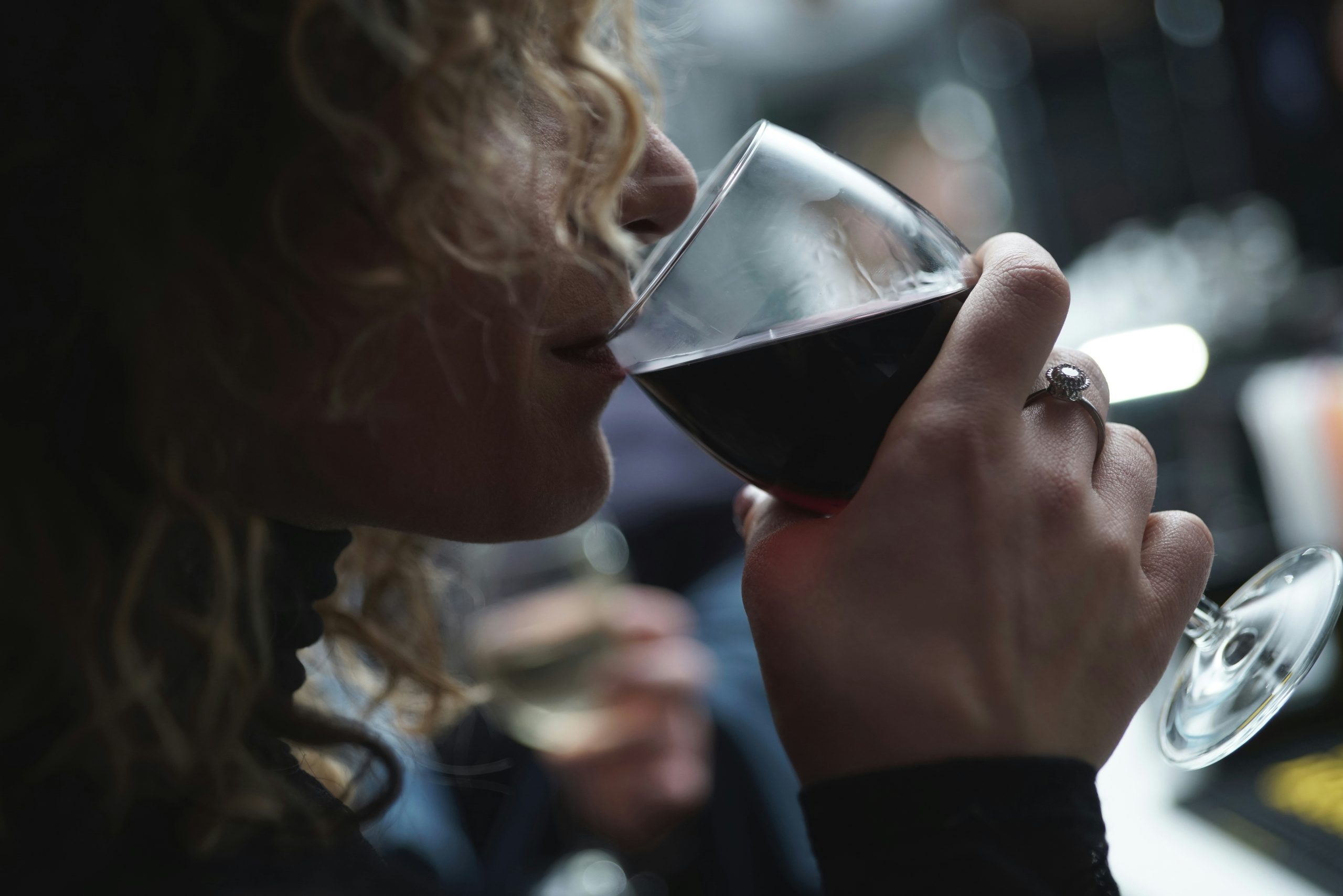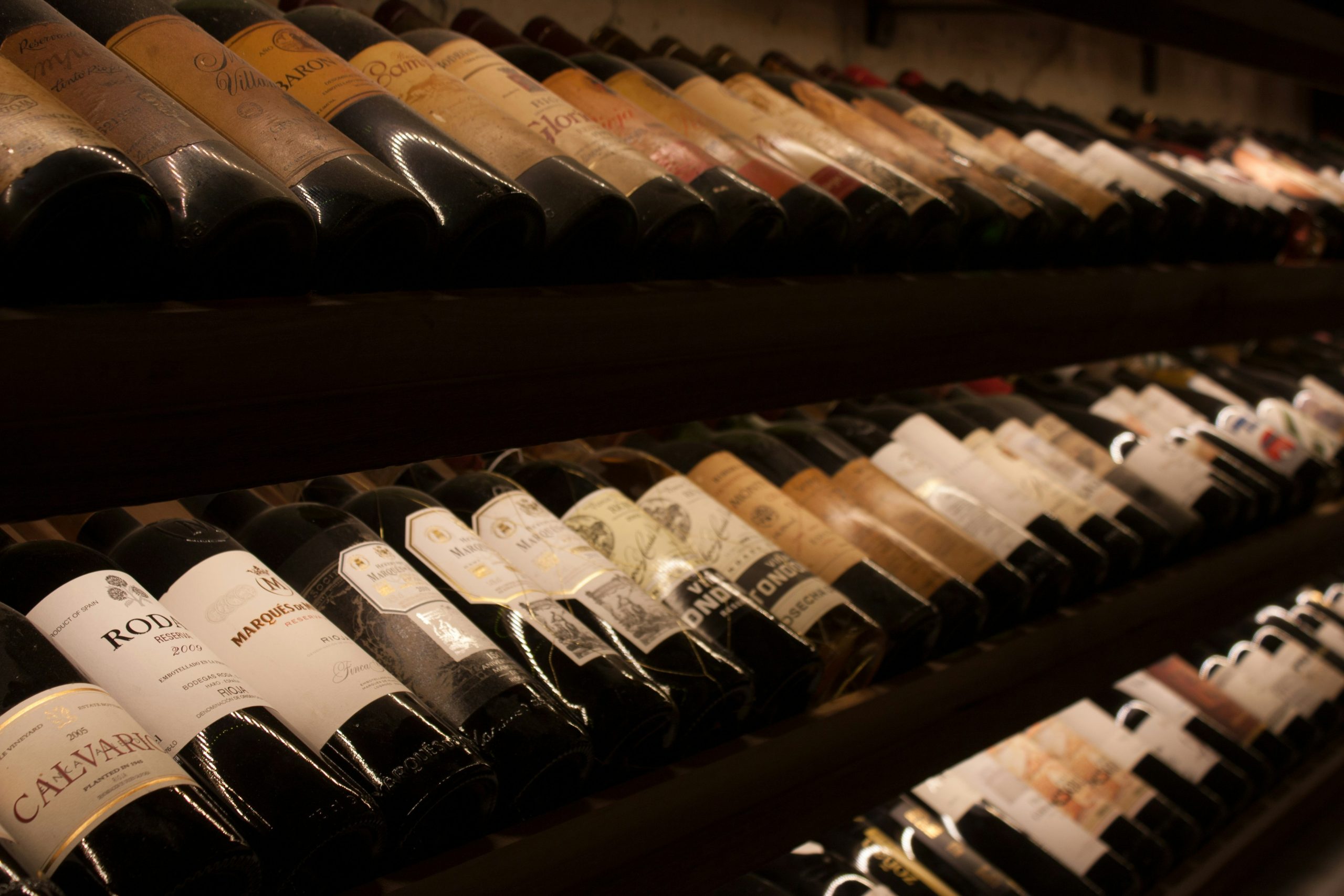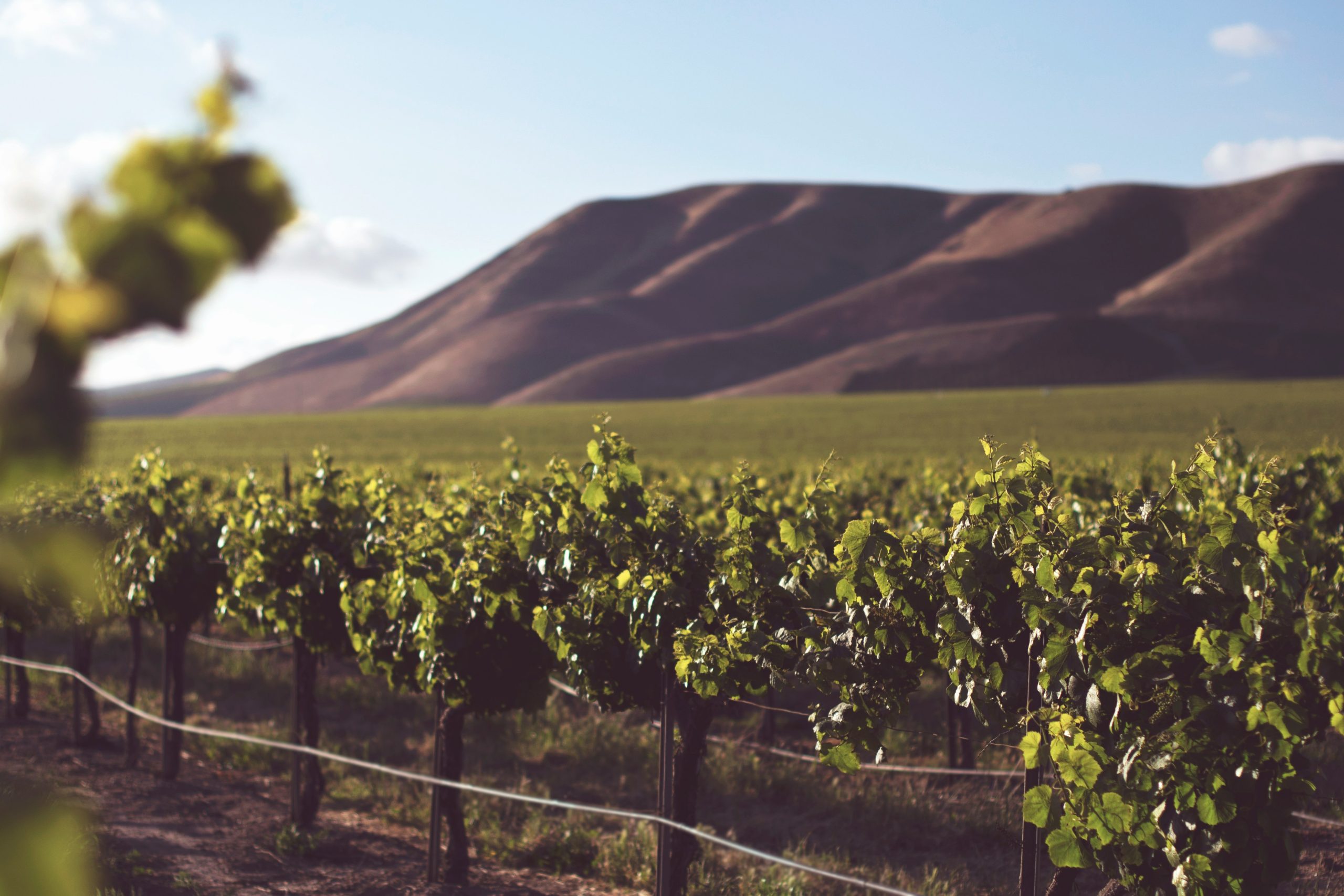Refining your taste in wine is a journey of exploration and learning. In this guide, we provide practical tips to enhance your wine appreciation skills, from recognizing flavors and imperfections to understanding wine labels. Discover how to make the most of your wine tasting experiences and deepen your knowledge of the different wine types, regions, and serving techniques.
Are you ready to begin your wine-tasting adventure? Whether you’re new to wine or looking to enhance your palate, this guide is here to help. Wine appreciation is a journey that takes time, but with some simple techniques, you’ll be able to enjoy wine like an expert. From recognizing key flavors to understanding wine regions and labels, this guide will provide you with the foundation to refine your wine-tasting skills and enjoy the full depth and complexity that each bottle offers.
Starting Your Wine Tasting Journey

Wine tasting is much like learning to appreciate art or music—it requires practice and patience. The more you explore and train your taste buds, the more you’ll begin to notice the subtle nuances in different wines. Take time to savor each sip and develop a method that works for you. Consistency and focus are key in becoming familiar with the various flavors and aromas that wines offer. Over time, this dedication will lead to a more fulfilling wine-tasting experience.
How to Appreciate Wine’s Flavors
Smell plays a significant role in wine tasting. As you learn to detect and identify scents, you’ll unlock new layers of flavor. Try this simple experiment: cover your nose while sipping wine and notice how much of the flavor diminishes. Once you practice using your sense of smell, you’ll find it easier to pick out individual aromas and flavors in the wine, making each tasting experience richer and more complex.
Wine for Beginners: Building Your Palate
For true wine appreciation, it’s not enough to decide if a wine is “good” just because you like it. Instead, focus on recognizing key flavors, aromas, and textures. This approach will allow you to discern the quality of the wine beyond your personal preferences. Being able to identify imperfections, such as off-flavors or an imbalanced structure, is also part of growing your palate.
Identifying Wine Imperfections
Not all wines are created equal, and some can be flawed even if they are expensive. Common imperfections include a musty smell caused by a tainted cork (TCA) or poor storage conditions. Learning to recognize these faults will not only help you return a faulty bottle but also deepen your understanding of wine quality.
Understanding Different Types of Wine

Understanding the basic characteristics of red and white wine is essential. Each wine type has its own distinct flavors, textures, and aromas. Expand your knowledge by learning about various wine varieties and styles. The more you explore, the more equipped you’ll be to appreciate the diversity of wines available.
Researching Wine Regions

Wine is produced worldwide, but there are two main categories: Old World and New World wines. Old World wines come from countries with long-established winemaking traditions, like France, Italy, and Germany. These wines often emphasize terroir—the unique environmental factors of a region. New World wines, from countries such as the United States, Australia, and Chile, tend to focus more on grape varieties and may be labeled differently. Knowing the differences can guide your selections and broaden your tasting experiences.
How to Read a Wine Label

Wine labels can be confusing, especially for beginners. Luckily, New World wines typically list the grape variety on the label, making them easier to understand. Old World wines rely more on regional knowledge, but as global competition increases, even these labels are becoming more consumer-friendly. Learning to read wine labels will help you make informed purchasing decisions.
Purchasing Wine Made Simple
Buying wine has never been easier. Whether you visit a local wine store or shop online, you can easily find the wine you’re looking for. Many online retailers even offer home delivery, making it convenient to try new bottles from around the world. As you grow your wine knowledge, selecting the right wine becomes an exciting part of the journey.
How to Serve Wine Properly

Glassware Matters
The right glassware enhances the wine-tasting experience. Different types of wine glasses are designed to highlight specific aspects of the wine, guiding it to the right parts of your tongue and allowing you to appreciate its aromas fully.
Temperature Tips
Serving wine at the correct temperature is crucial. White wines are often served too cold, dulling their flavors, while red wines are frequently served too warm, which can make them taste overly alcoholic. Serving wine at the right temperature ensures you enjoy its full flavor profile.
Preserving Wine
Once a wine bottle is opened, exposure to air can cause it to degrade quickly. To slow this process, use a vacuum pump to remove excess air from the bottle, helping preserve the wine’s quality for a longer time.
Refining your wine-tasting skills takes time and dedication, but it’s a rewarding journey. By learning to recognize flavors, imperfections, and understanding wine labels, you’ll be able to appreciate the complexity and nuances in each glass. So, take your time, experiment with different wines, and enjoy the endless discoveries that await you on your wine-tasting adventure.

